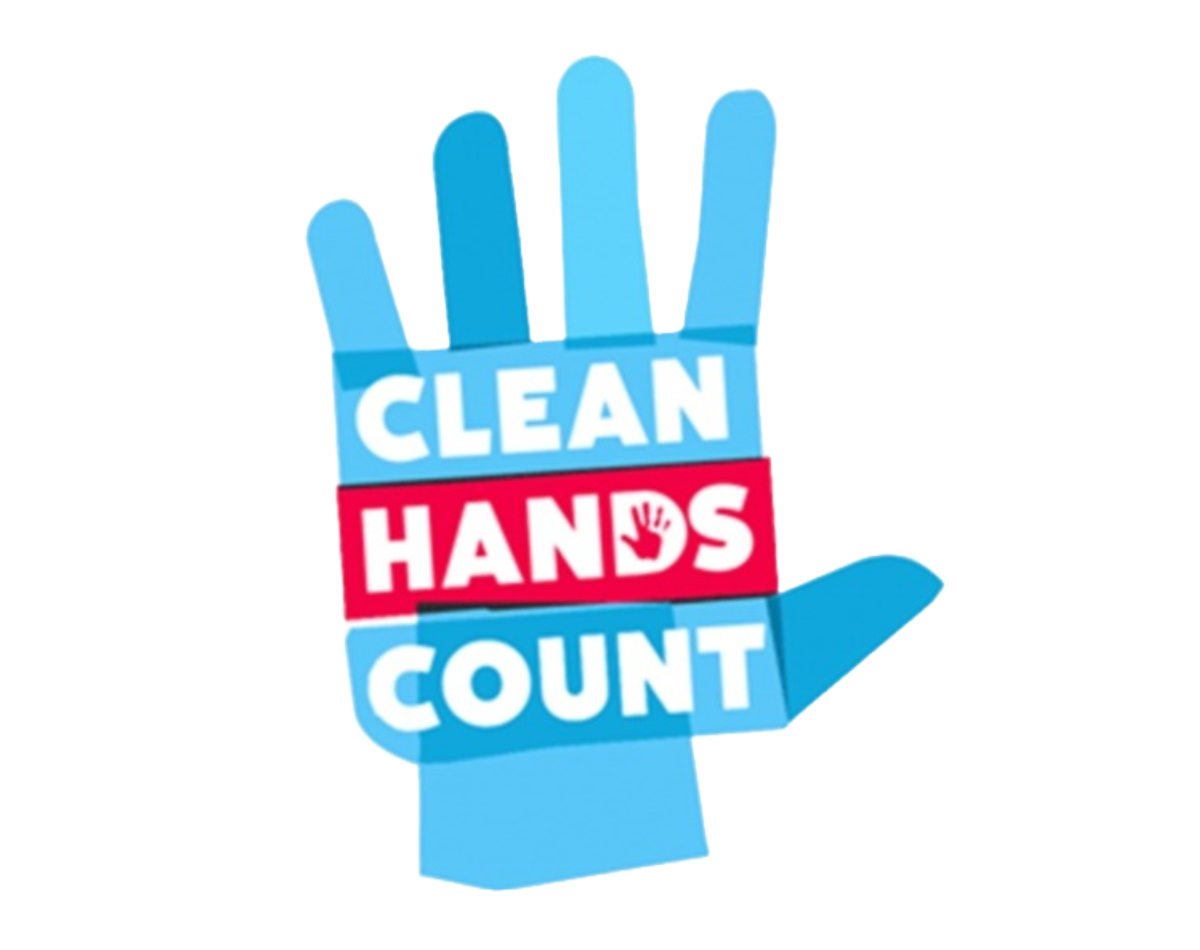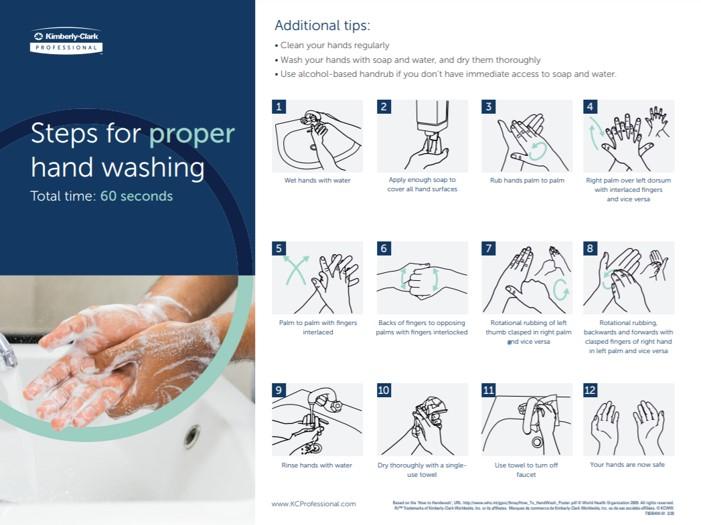The Importance of Keeping Hands Clean when Working in Healthcare
 When working in a healthcare environment, keeping your hands clean is of dire importance. By keeping hands clean through improved hygiene, the risk of spreading bacteria and viruses can be significantly reduced. The fact is that if proper hygiene practices aren’t followed, care environments become breeding grounds for germs. Many serious viruses and forms of bacteria can be spread simply by a lack of hand hygiene.
When working in a healthcare environment, keeping your hands clean is of dire importance. By keeping hands clean through improved hygiene, the risk of spreading bacteria and viruses can be significantly reduced. The fact is that if proper hygiene practices aren’t followed, care environments become breeding grounds for germs. Many serious viruses and forms of bacteria can be spread simply by a lack of hand hygiene.
To avoid getting sick yourself and spreading germs to others, hand hygiene is crucial, particularly in the healthcare industry. When it comes to preventing infections, washing hands with warm running water and antibacterial soap is crucial, when these things aren’t available antibacterial hand gel that contains at least 60% alcohol is the next best thing. Keeping your hands clean is important particularly in healthcare, which is why the ‘Clean Hands Count’ campaign was launched, to encourage people to take hand hygiene more seriously.
What’s the issue?
Studies have shown that healthcare workers who take hygiene seriously wash their hands up to 100 times in a 12-hour shift. However, on average studies have shown that a high number of healthcare workers clean their hands less than half the time they should do. The issue is that some germs can cause serious infections or infections that can be far more serious for older people due to the fact that seniors tend to have weaker immune systems, which is why hand washing is so important.
When healthcare workers clean their hands less regularly than they should do, this contributes to the spread of infection, putting patients at higher risk of falling ill. On any given day, on average one in 25 hospital patients will contract a virus or illness that is preventable. Both patients/residents and healthcare providers are at risk of contracting infections when proper hand hygiene is not followed.
What is the ‘Clean Hands Count’ campaign and why is it important?
The Clean Hands Count campaign is brought to you by CDC (May 5 is World Hand Hygiene Day) and it aims to improve adherence to hand hygiene in healthcare environments, empowering patients and care providers alike to take hand cleaning seriously.
The idea behind this campaign is to make hand cleaning more of a topic of interest between healthcare providers and patients. Patients/residents shouldn’t be afraid to ask healthcare providers why it’s important that they cleanse their hands as often as they do. It’s also important that this campaign encourages visitors to keep their hands clean, washing them when entering and leaving a care environment, to ensure that they don’t spread any nasty bacteria or viruses.
What are the aims of this campaign?
This campaign aims to:
- Improve the adherence by healthcare providers to CDC hand cleaning recommendations.
- Address the misconceptions regarding hand hygiene.
- Empower patients and team members to make hand hygiene more important.
How should hands be cleaned?
As mentioned above, the use of soap and hot water is the best method of cleansing skin of germs and bacteria. However, in instances where soap and water is not available, using antibacterial hand gel which has an alcohol content of 60% or more can be just as effective.
When it comes to hand washing effectively, there are some steps that need to be taken. First things first, an antibacterial soap must be used, and according to the World Health Organization, hand washing should take at least 20 seconds. The process should go like this:
- Wet hands with warm water (or cold if hot water is not available.
- Apply a squirt of soap that covers your entire hands. (Soap dispensers should be motion sensored to help prevent the spread of bacteria via these machines.)
- Rub your hands together, palm to palm.
- Use your right palm to rub the back of your left hand while interlacing your fingers. Repeat with your other hand.
- Interlace your fingers and rub your palms together.
- Rub the backs of your fingers against your palms while keeping your fingers interlocked.
- Grasp your left thumb with your right hand and rub clean with soap using a rotating motion. Repeat with your other hand.
- Rub your finger tips with the other hand using a circular motion, moving backwards and forwards. Repeat with the other hand.
- Rinse hands clean with warm water.
- Dry completely using a disposable paper towel.
- Use the disposable paper towel to turn off the tap.
The National Institute for Health and Care Excellence (NICE) has highlighted how these basic hand hygiene steps can mean the difference between life and death. It’s basic hygiene protocols like hand washing that are often overlooked by professionals in healthcare, which can then cause a threat to patient safety, which is why taking hand washing seriously is so important.






